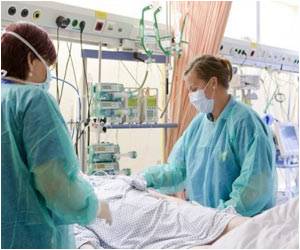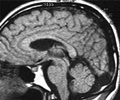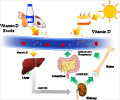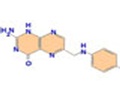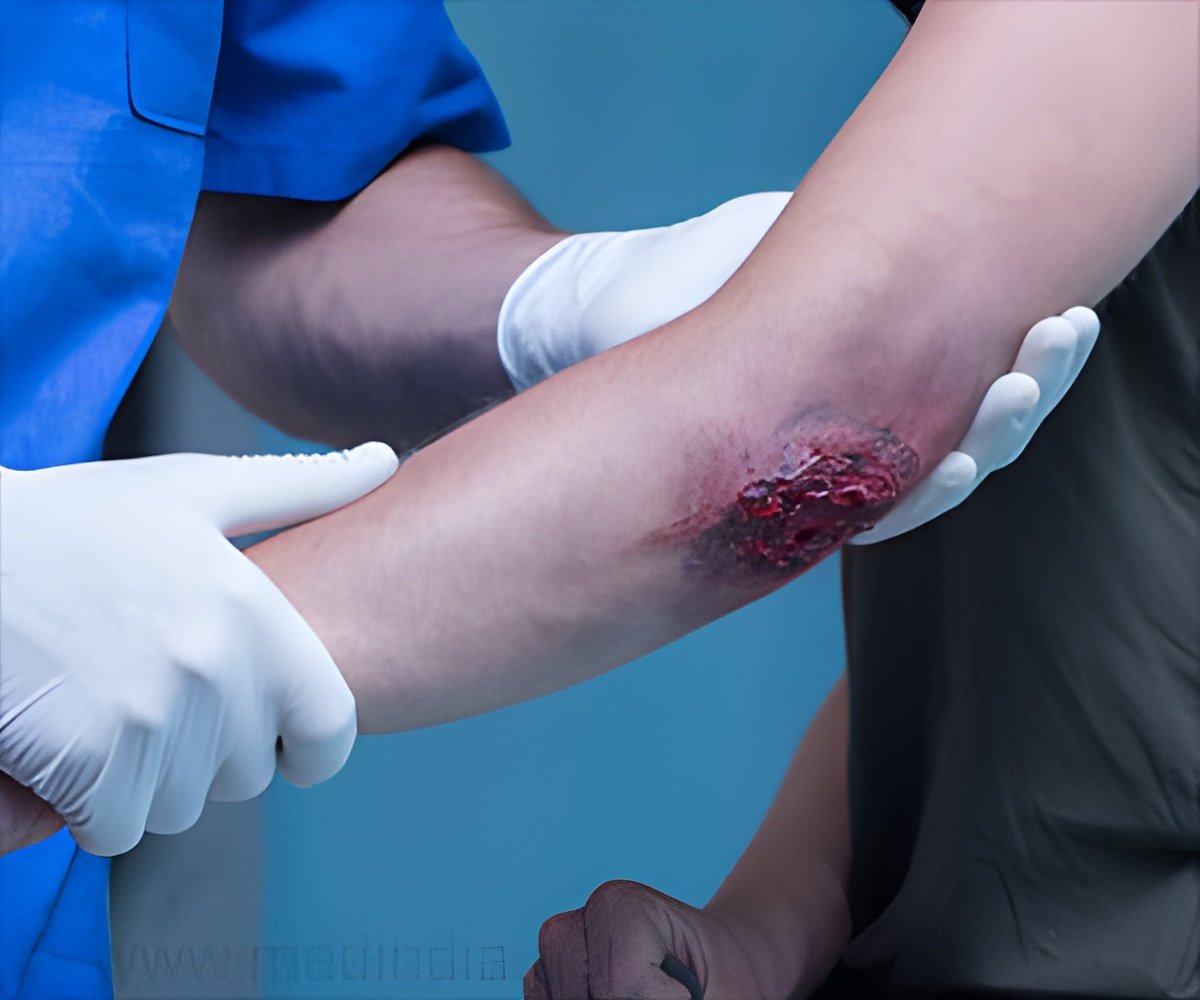
‘Antimicrobial nano-fiber dressings that were created had the ability to deliver vitamin D on a sustained basis over four weeks, it also significantly induced production of a peptide that kills microbes by disrupting their membranes.
’
Tweet it Now
The findings are important because SSIs are the most common healthcare-associated infection and result in widespread human suffering and economic loss.Each year in the U.S. alone, nearly 300,000 surgical patients develop an infection within 30 days of their operation - accounting for an estimated $10 billion in additional healthcare costs - and more than 13,000 of those people die.
Researchers used electrospinning to prepare dressings containing the bioactive form of vitamin D: 1,25-dihydroxyvitamin D3, or 1,25(OH)2D3.
"Electrospinning is a versatile, simple, cost-effective and reproducible technique for generating long fibers with nanoscale diameters," said Adrian Gombart, co-corresponding author, and professor of biochemistry and biophysics in OSU's College of Science. "Electrospun nanofiber wound dressings offer significant advantages over hydrogels or sponges for local drug delivery. They provide several functional and structural advantages, including scar-free healing."
The dressings the researchers created proved capable of delivering vitamin D on a sustained basis over four weeks, and they significantly induced production of a peptide, hCAP18/LL37, which kills microbes by disrupting their membranes.
Advertisement
Because the dressings work by enhancing innate immune responses rather than by containing conventional, single-target antimicrobial compounds, they are less likely to contribute to drug resistance. The dressings were tested on human skin (collected from plastic surgery patients) in a culture dish, as well as in vitro with keratinocyte and monocyte cell lines, and in vivo in a mouse model.
Advertisement
In addition to Indra, Xie and Gombart, a principal investigator at OSU's Linus Pauling Institute, the collaboration also included OSU pharmacy research associate professor Gitali Indra and scientists from the University of California, San Diego, and the VA Nebraska-Western Iowa Health Care System.
"Our study suggests that 1,25D3-induced expression of hCAP18 by these nanofiber dressings is a step forward to improving wound healing," Gitali Indra said.
Source-Eurekalert


